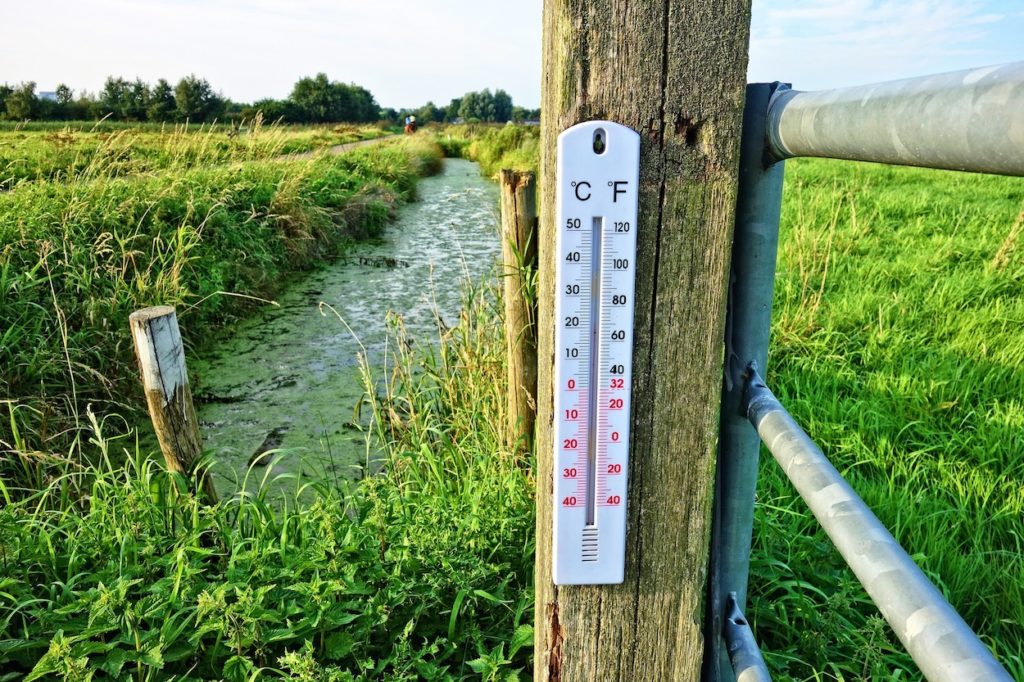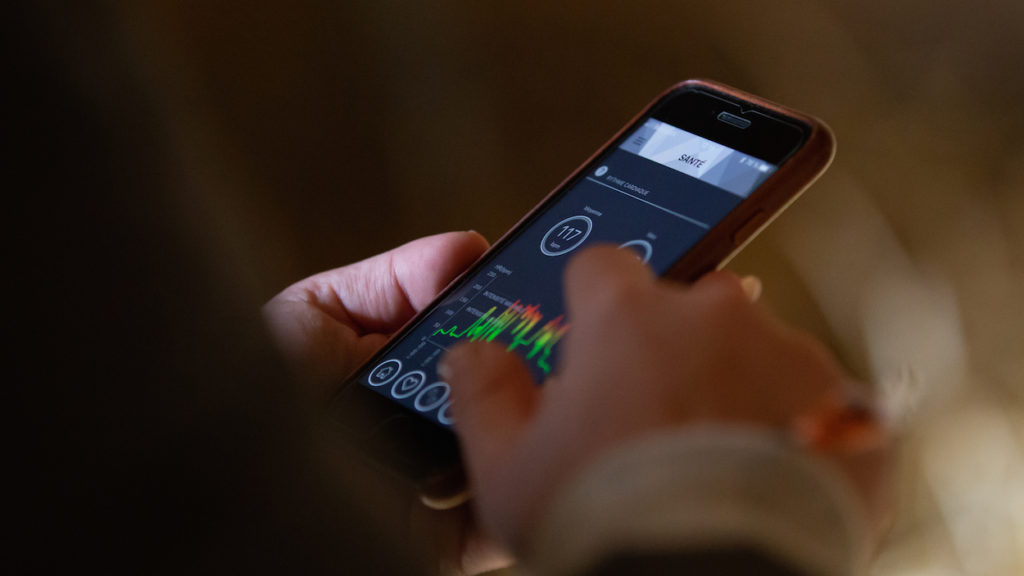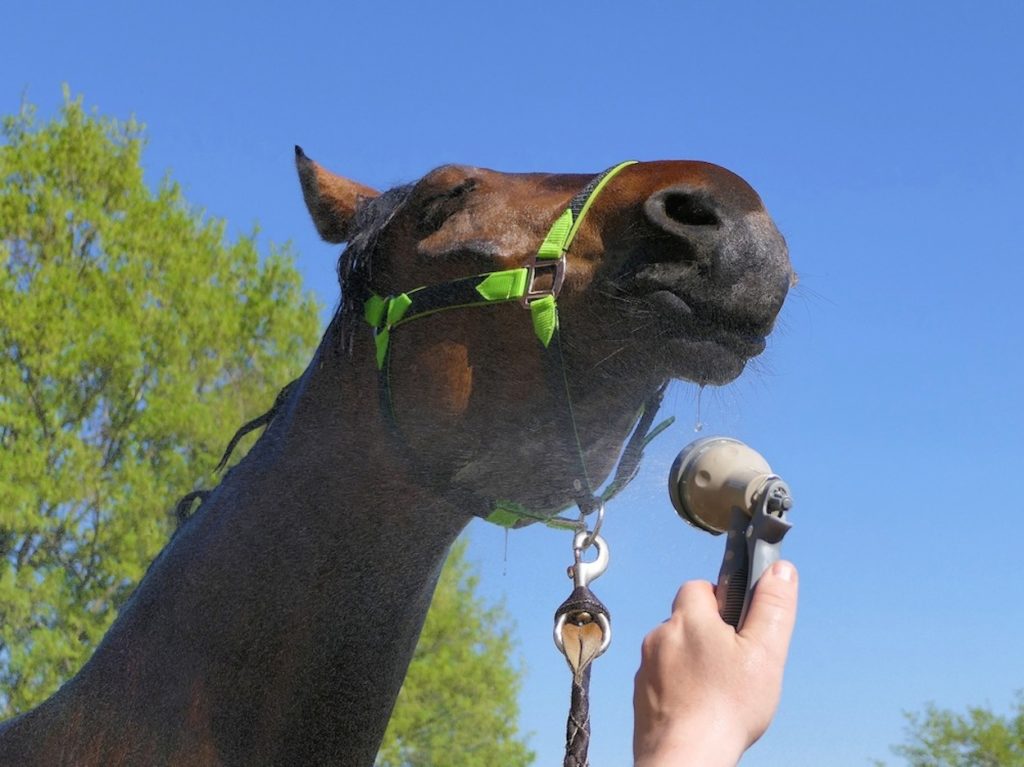

The Seaver team takes a break for the holidays
Orders placed between December 24 and January 5 will be shipped starting January 6.
Monday, July 9, 2018
L’entraînement du cheval en été peut être très compliqué à gérer. Comment continuer à travailler efficacement sans mettre en péril la santé et le confort de son cheval ?
– par Dr. Justine Guillaume, que nous remercions 🙂 –
Vous avez sans doute constaté que la chaleur a un impact direct sur la fréquence cardiaque de votre cheval. Il peut y avoir un décalage entre l’effort réalisé et les données de fréquences cardiaques, et ceci s’explique facilement.

La fréquence cardiaque est sous l’influence des systèmes nerveux (parasympathique et sympathique) et endocrinien, et sujette aux variations extérieures. Lorsqu’on passe de la phase repos à la phase mise en mouvement puis à un exercice, les phénomènes d’adaptation physiologiques de l’organisme amènent l’ensemble des processus cardio-vasculaires et respiratoires d’un état stable à un état correspondant aux exigences du niveau l’exercice. Ainsi, dès que l’intensité de l’exercice augmente, l’ensemble des processus sont amenés à un niveau supérieur. La fréquence cardiaque étant bien sûr concernée.
Ces phénomènes physiologiques vont s’accentuer en fonction de différents facteurs environnementaux, dit facteurs exogènes. Nous ne parlerons ici que de la température et de l’humidité. Cependant, d’autres facteurs exogènes peuvent également agir sur la fréquence cardiaque, tel que l’altitude par exemple.
Une élévation de la température extérieure va amener une augmentation de la fréquence cardiaque de repos et lors d’exercices sous maximaux afin de compenser l’élévation de la température interne. L’organisme de votre cheval va mettre en route des mécanismes d’échange de chaleur. Cela permettra de maintenir une température corporelle constante (37.5° C – 38 °C).
En cas de chaleur, le rythme cardiaque peut augmenter de 10 à 15 pulsations par minute, même au repos. C’est à cause de l’augmentation du débit sanguin cutané (la vasodilation cutanée). L’organisme augmente alors la vitesse à laquelle il évacue la chaleur pour réduire la charge thermique.
Pour pomper plus de sang, le cœur va augmenter son débit (débit cardiaque = volume d’éjection systolique X fréquence) pour mieux irriguer les zones d’échanges cutanées. Le transfert de chaleur vers l’extérieur se produit grâce à plusieurs phénomènes comme la sudation ou l’évaporation. La sudation (transpiration) est le mécanisme le plus important pour réguler la température interne. Pour évacuer la chaleur de manière efficace, cette sueur doit pouvoir s’évaporer.

Lorsque l’ambiance humide est trop élevée, le refroidissement de l’organisme par évaporation devient limité. C’est parce que l’air est saturé et ne peux plus accepter d’humidité. La quantité de sueur devient très importante et produit un ruissellement ou écume.
Ce stress supplémentaire (l’humidité) va accentuer la nécessaire régulation thermique interne et les phénomènes cardio-respiratoires avec une accélération de la fréquence cardiaque.
Une phase de forte sudation peut amener une déshydratation, si les pertes hydriques ne sont pas compensées régulièrement.
Lorsque les phénomènes sont conjugués (température extérieure élevée et humidité), la réaction cardiaque sera encore plus forte.
Ainsi, lorsque les conditions d’équilibre sont rompues (très forte chaleur et activité physique ou chaleur et activité physique très intense), le cerveau, pour éviter une mise en danger de l’organisme, va choisir de protéger les fonctions vitales et réduire l’intensité de l’exercice et /ou amener à l’arrêt de l’exercice.
Par temps chaud et/ou humide, il est donc difficile de déterminer, lors d’un exercice, quelle est la partie dans la dérive cardiaque (augmentation de la fréquence cardiaque) liée à l’augmentation des échanges thermiques, et quelle est celle induite par l’intensité de l’exercice.
Après un effort sollicitant, par exemple une côte en trotting, la fréquence cardiaque va avoir plus de difficultés à redescendre. Le constat va être le même lors d’une séance, où avec la fatigue accumulée, la fréquence cardiaque aura tendance à rester haute même pour un effort modéré. Par temps chaud, le cheval, comme l’homme, aura aussi des difficultés à multiplier les efforts intensifs et maximaux.
–> Notre conseil : augmenter le temps de votre récupération entre les exercices d’une même séance. Mais aussi le temps de récupération en post séance. Il faut attendre jusqu’à ce que la fréquence cardiaque de votre cheval redescende en dessous d’environ 120 bpm.

Songez à limiter l’intensité, voire à annuler une séance, quand les températures sont caniculaires (supérieures à 35°) afin de ne pas mettre en danger la santé de votre cheval et la vôtre. Une insolation par exemple peut provoquer un état de fatigue marqué pendant plusieurs jours.
En conclusion : il ne faut pas oublier que chaque cheval est différent et qu’ils ne répondent pas de manière égale à ces contraintes. Les mécanismes d’adaptation dépendent des conditions environnementales mais également de la génétique, de la condition physique, de la zone géographique et des phénomènes d’acclimatation (réactions 犀利士 physiologiques d’adaptation déclenchées par une exposition plus ou moins prolongée à la chaleur, l’humidité ou l’altitude).
 |
Dr. Justine Guillaume Ph.D Equine Nutrition & |
Justine Guillaume has been a rider and horse owner for 20 years. With a doctorate in nutrition for the equine athlete, she aims to combine physiology, nutrition and performance to rationalize and objectify training.
Today, she is executive assistant in charge of scientific and technical affairs at Pommier Nutrition, a manufacturer and distributor of complementary feeds for horses, and has developed an Equine Performance Solutions entity, which provides support in terms of physical preparation for horses.
Pour elle, la préparation physique, ce n’est pas seulement des massages ou des soins pour le bien-être. C’est bien plus que cela ! Avant tout, c’est préparer l’organisme à performer tout en conservant son intégrité physique. C’est une activité complémentaire, qui doit servir à l’entraîneur pour mieux connaitre ses athlètes et savoir si son entraînement est efficace. C’est surtout évaluer le cheval et ses qualités physiques à partir de tests d’efforts qui permettront de savoir si l’entraînement est efficace et le cheval progresse, ou s’il est au contraire surentraîné, sous entraîné …
" The new connected tools allow access to a small part of their 'inside', a mine of information! " - Dr. J. Guillaume
A bientôt pour un nouvel article !
-La team Seaver 😉